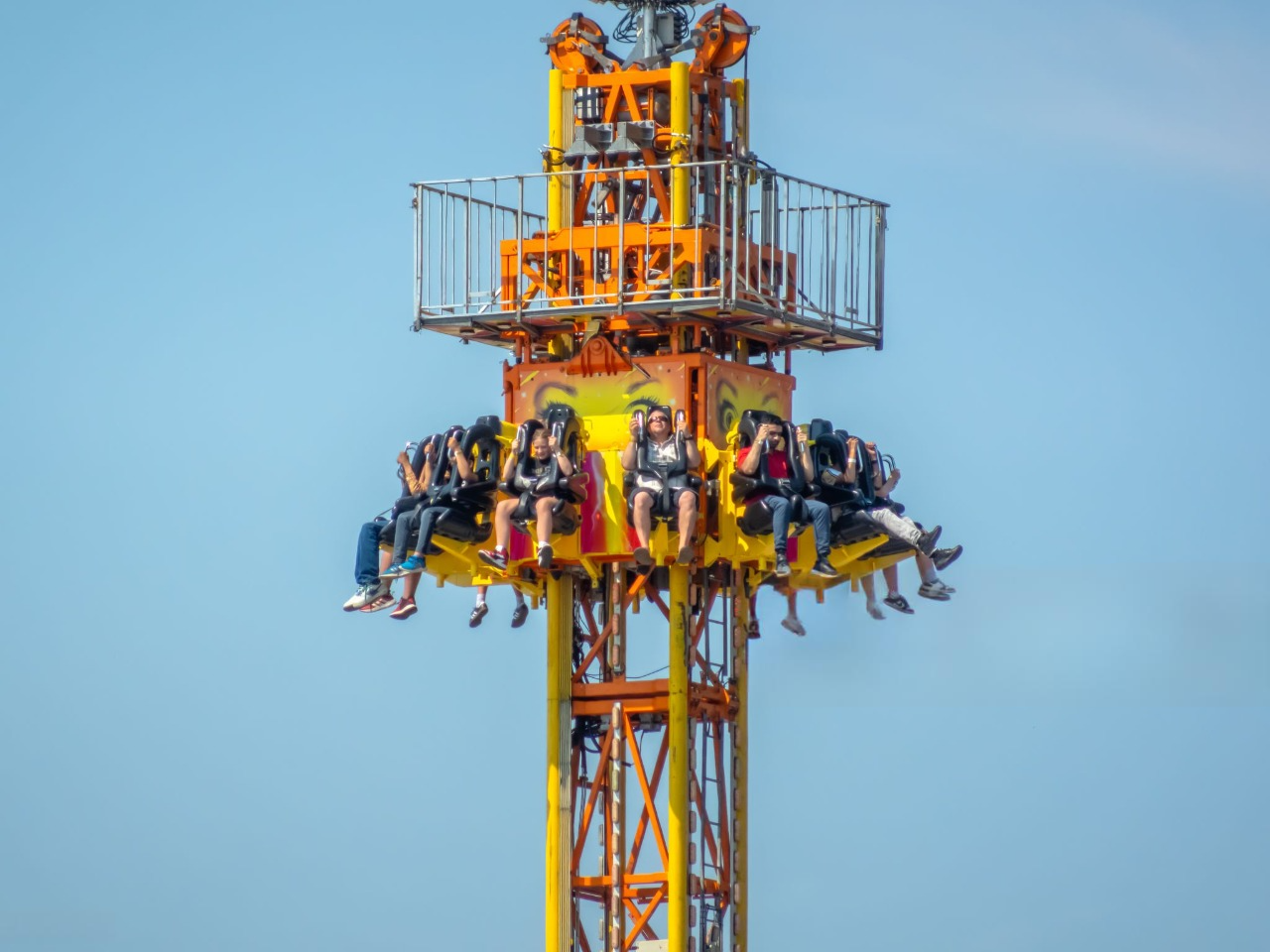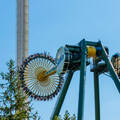High-stimulation amusement rides form the centerpiece of many theme parks and entertainment venues. These mechanical giants are designed to evoke exhilaration through speed, height, rotation, and freefall. But with heightened excitement comes the non-negotiable demand for rigorous safety standards and precise operational control. Ensuring these rides perform flawlessly—not just once but hundreds of times each day—requires a fusion of engineering excellence, procedural discipline, and responsive maintenance strategies.
Stimulating amusement equipment includes attractions such as drop towers, swing rides, pendulum arms, and spinning coasters. All rely on complex systems of actuators, sensors, restraints, and feedback loops to guarantee a seamless rider experience. While the thrill factor may capture public attention, the behind-the-scenes operation is governed by safety redundancy, predictive diagnostics, and strict compliance with international regulations.
Structural Integrity and Load Management
The first pillar of safety is structural stability. High-altitude equipment must endure repetitive stress cycles, environmental fatigue, and dynamic load changes. Tower rides, in particular, are subjected to significant axial and lateral forces. To address this, manufacturers deploy reinforced steel alloys, corrosion-resistant coatings, and vibration dampers. Weld seams undergo ultrasonic inspection, while load-bearing joints are stress-tested beyond operational thresholds.
Foundation anchoring is equally critical. Soil assessments and geological surveys precede installation, ensuring that subterranean pressure zones can support the ride’s kinetic forces. Shock absorbers or tuned mass dampers may be incorporated at the base to reduce oscillations during high-speed operation or adverse weather conditions. Wind speed sensors are now standard in most vertical rides, prompting automated shutdowns when thresholds are breached.
Braking systems on vertical rides such as a drop tower for sale utilize rare-earth magnetic brakes or eddy current systems that function without direct mechanical contact, thus reducing wear and ensuring precise deceleration. These are backed by mechanical failsafe systems that engage automatically during any anomaly.

Safety Systems and Passenger Restraints
Passenger containment is a central concern. High-speed or rotating rides require multi-point restraints that adjust automatically to rider size and morphology. Hydraulic lap bars, over-the-shoulder harnesses, and redundant locking mechanisms ensure no single point of failure compromises safety. Restraint verification systems—often using position sensors—communicate with the ride’s control logic to prevent activation if any seat is unsecured.
Entry and exit protocols are engineered for efficiency without compromising control. Gates remain interlocked with the ride’s activation status, ensuring they cannot open while the ride is in motion. Many installations now use weight sensors on seats to verify occupancy, minimizing the risk of operator oversight.
Routine inspection schedules include daily visual checks, weekly functional tests, and monthly system diagnostics. Control software logs all operational events, making post-operation analysis easier. The ability to replay system behavior helps engineers isolate causes in the rare event of malfunction, facilitating faster corrective action.
Redundancy in ride control architecture ensures continuous safety oversight. Programmable Logic Controllers (PLCs) are paired with backup modules, each monitoring critical parameters such as torque, acceleration, brake pressure, and tilt. These digital sentinels allow operators to maintain real-time situational awareness, intervening immediately if thresholds are exceeded.
Environmental and Emergency Considerations
Outdoor thrill rides face an array of unpredictable environmental stressors. Temperature variation, humidity, and precipitation all influence equipment behavior. For instance, hydraulic fluids expand under heat, affecting system responsiveness. Sealed housing for sensors and actuators is essential to prevent degradation caused by moisture or dust infiltration.
Lightning protection is vital for tower-based rides. Grounding grids and surge protectors ensure that electrical systems are shielded from atmospheric discharge. Furthermore, emergency evacuation procedures are pre-programmed into ride systems. In the event of power failure, rides can be safely brought to rest via battery-powered backup drives or manual override mechanisms.
Operators are trained in both normal and abnormal operation protocols. Simulation-based training platforms now allow staff to rehearse emergency procedures virtually—an innovation that improves readiness without exposing equipment to risk. Daily briefings before ride operation shifts help reinforce situational awareness and checklists.
Lifecycle Management and Inspection Protocols
Amusement rides, especially high-thrill variants, must be evaluated across their entire lifecycle—from commissioning and daily operation to end-of-life decommissioning. Non-destructive testing (NDT) techniques such as magnetic particle inspection, radiographic scans, and ultrasonic analysis are deployed at scheduled intervals to detect subsurface flaws invisible to the naked eye.
Smart maintenance platforms use Internet of Things (IoT) devices to monitor operational parameters in real-time. Bearings, brake pads, and gear housings are embedded with temperature and vibration sensors. Data from these components are analyzed using machine learning models to predict failures before they occur. This predictive maintenance approach reduces unplanned downtime and enhances overall ride reliability.
New product development within swing tower rides for sale markets increasingly focuses on modular components that simplify inspection and replacement. This design-for-maintenance approach improves uptime and reduces the need for invasive repairs, which are costly and time-consuming.

Guest Behavior and Operational Communication
While engineering and inspection are vital, rider behavior also impacts safety outcomes. Clear communication is necessary before, during, and after the ride experience. Audio announcements, LED indicators, and multilingual signage must be positioned where guests can easily view them. Warnings about medical conditions, height restrictions, and loose articles should be unambiguous and strictly enforced.
Queue design also affects safety. Controlled flow, shaded waiting areas, and interactive pre-ride briefings reduce stress and impatience among guests, resulting in more cooperative rider behavior. Trained attendants must monitor not only equipment but also crowd dynamics, watching for signs of discomfort, disorder, or medical distress.
Compliance with standards such as EN 13814 (Europe), ASTM F2291 (USA), and GB8408 (China) provides a legal and technical foundation for all operational decisions. Certification audits, typically conducted by third-party assessors, are indispensable checkpoints in sustaining a high safety culture.
Conclusion
Stimulating amusement equipment offers unparalleled entertainment value but demands uncompromising precision in safety and operation. From structural stability and mechanical integrity to real-time diagnostics and human factors, every element must be aligned. As thrill rides continue to evolve in scale and complexity, so too must the systems that govern them—ensuring both excitement and security for every rider, every cycle, every day.





